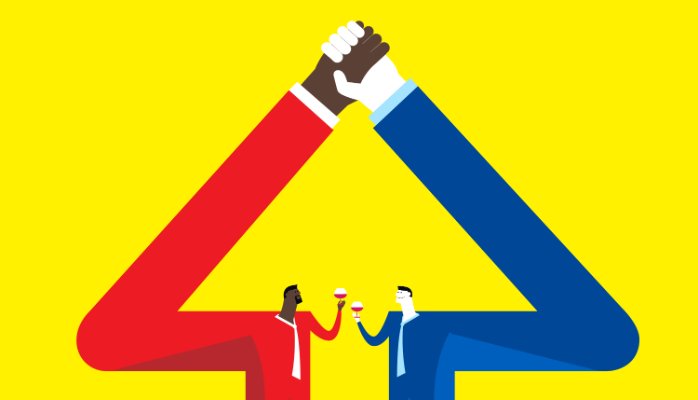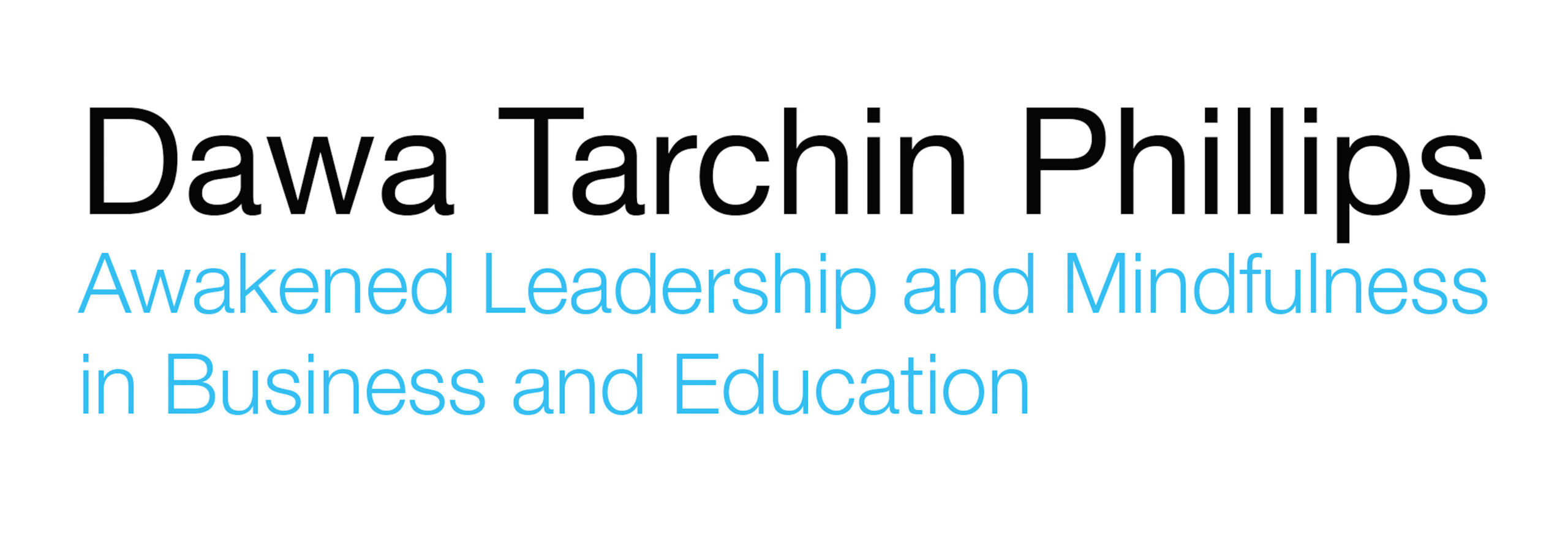
How Leaders Can Lower Workplace Stress
Karen recently received a long-awaited promotion as Director of Business Development. But shortly after, she began to feel the weight of the promotion. The new leadership position came with more challenging responsibilities, unresolved employee conflict, low sales numbers, and imminent cut backs to her team. She sat at her desk feeling dizzy, overwhelmed and unable to effectively communicate with the employees who looked to her for leadership.
Jeff is the CEO of a multi-million dollar corporation that was in the midst of a merger. During a major board meeting, difficulties arose between Jeff and other board members due to a lack of mutual trust and the stress involved with making big decisions for the future of the company. Jeff needed to address the way his frazzled mind impacted his relationships with colleagues and undermined his influence within the company.
Understand the Difference Between Arousal and Chronic Stress
Stress can be a positive stimulator, when it arises in moderation. Under those circumstances we call it “arousal”. Higher levels of adrenaline can cause such an arousal state that motivates you to take action and tap into your survival instinct to overcome the task or challenge at hand. But when stress is persistent over long periods of time, or chronic, our system begins to shut down.
Chronic stress sustained over long periods of time deteriorates our decision making ability, increases conflict amongst coworkers, limits our ability to process information clearly, and hinders our ability to maintain emotional composure. For many, chronic stress often leads to physical and mental illness.
Studies conducted by the World Health Organization (WHO) emphasize the correlation between workplace stress and a healthy work-life balance. The American Institute of Stress found in an Integra Survey that about 25% of respondents had been driven to tears from workplace stress, and another 62% of workers routinely experience neck pain due to work difficulties. Clearly, chronic stress manifests a consistent negative impact on an employee’s emotional and physical well being. Employees recognize their condition and are seeking help to manage their job related stress.
As a leader, you are presented with two major questions: How can employee stress levels be improved? And, How Does Stress Impact an Organization’s Bottom Line?
The Role of Mindfulness in Stress Management
Mindfulness practices and company implemented mindfulness programs are growing in the workplace as a way to regulate anxiety, manage difficult emotions, improve employee relations, and increase work performance.
In fast paced work environments, employees tend to overload and overstimulate their minds, often without allowing adequate time to process the information they consume. Thus, big decisions end up being made from a crowded, cluttered mind. New innovation gets blocked from even arising. This can quickly become a self-perpetuating habit. Where the amount of information consumed does not equal the amount of information processed. And the information consumed does not actually translate into better actions and results. Meaning that even through we feel and act busier, we do not actually see an improvement in our outcomes.
How to Break the Stress Cycle
Meditation and mindfulness are important tools when dealing with workplace stress. Studies show that meditation practices may increase cognitive, sensory, and emotional processing. When we allow our minds a relief, either through mindfulness or meditation, we actually create more space for new learning, creativity, clarity, and better decision making that helps build organizational culture and success.
Here are five simple yet helpful ways to triumph over stressful situations in the workplace and prevent future stress:
- Pay attention to how you react to a “trigger” situation. Assess the conditions and causes that brought on stress or anxiety in a specific situation. This helps you to identify stress triggers so that you can become aware of them earlier, remedy them more swiftly or prepare yourself to deal with them more effectively as they surface. A mind aware of its triggers is better equipped for making new and improved choices.
- Develop self-awareness to improve self-management. When you pay attention to the mental and physical signs and experiences that occur during stressful situations, you will be able to mindfully train to maintain greater composure in the moment. Ultimately, your emotional state at any given moment is bound to improve.
- Stay present. Pay attention to the moment at hand. Dwelling on the past prevents you from identifying important clues and information available and disclosed in the present moment. And if you do happen to get a few free moments to yourself, stop rehashing whatever stressful scenario keeps arising in your mind; instead, turn your focus to a more positive present reality or brainstorm solution-focused ways to overcome the problem.
- Learn to Meditate. It calms the mind, and increases focus and concentration. Meditation also improves your mental agility so that when you switch back and forth between tasks you can do so quickly, deliberately, with less distraction and greater ease. You might find Daniel Goleman’s article on what mindfulness is – and isn’t useful in discerning the difference between mindfulness and meditation.
- Breathe. It’s simple, yet often abandoned or compromised when anxiety arises. A few deep breaths will oxygenate your brain and improve the clarity of your thinking. Here is a simple exercise you can do: Breathe in and count one… then breath out and count one. Breathe in and count two… then breathe out count two. Breathe in and count three… then breathe out. Keep repeating this in a steady rhythm. To ground yourself further during the process, place your hands on your abdomen or chest and observe the sensation of your abdomen or chest rising and settling. Learn to relax in the experience.
When you experiment with these simple tools or make them routine, you begin to notice transformation in the way you interact with the experience of life. Relationships with colleagues and employees improve because you are more open and receptive in your interactions. Trust strengthens. Board meetings run more efficiently. Agendas are executed more quickly. Teams act with greater collaboration and cohesiveness. And those big decisions facing the C-Suite? They are made with more clear and open minds, free of stress induced blur.
The bottom line is that when leaders and employees embrace mindfulness tools to manage their stress levels, the company as a whole develops into a healthier, happier, and more productive environment that can achieve high performance, and healthy and regenerative success.



